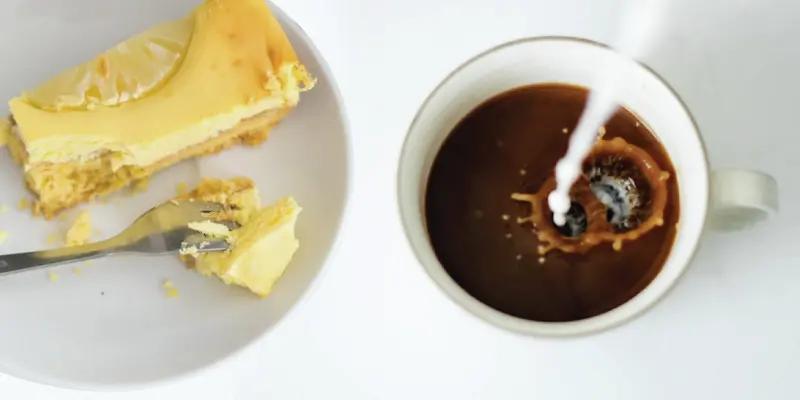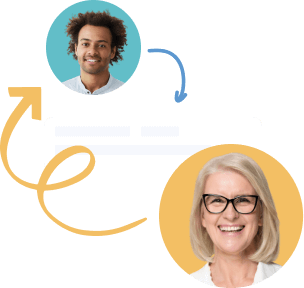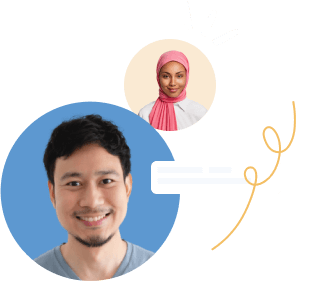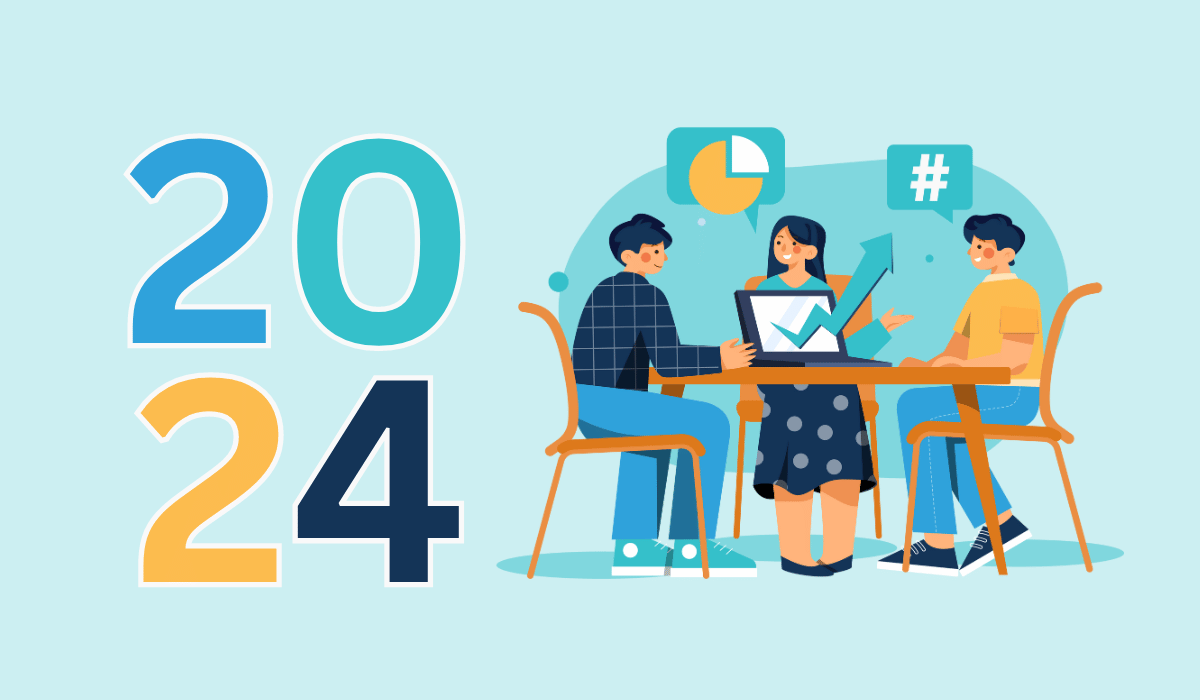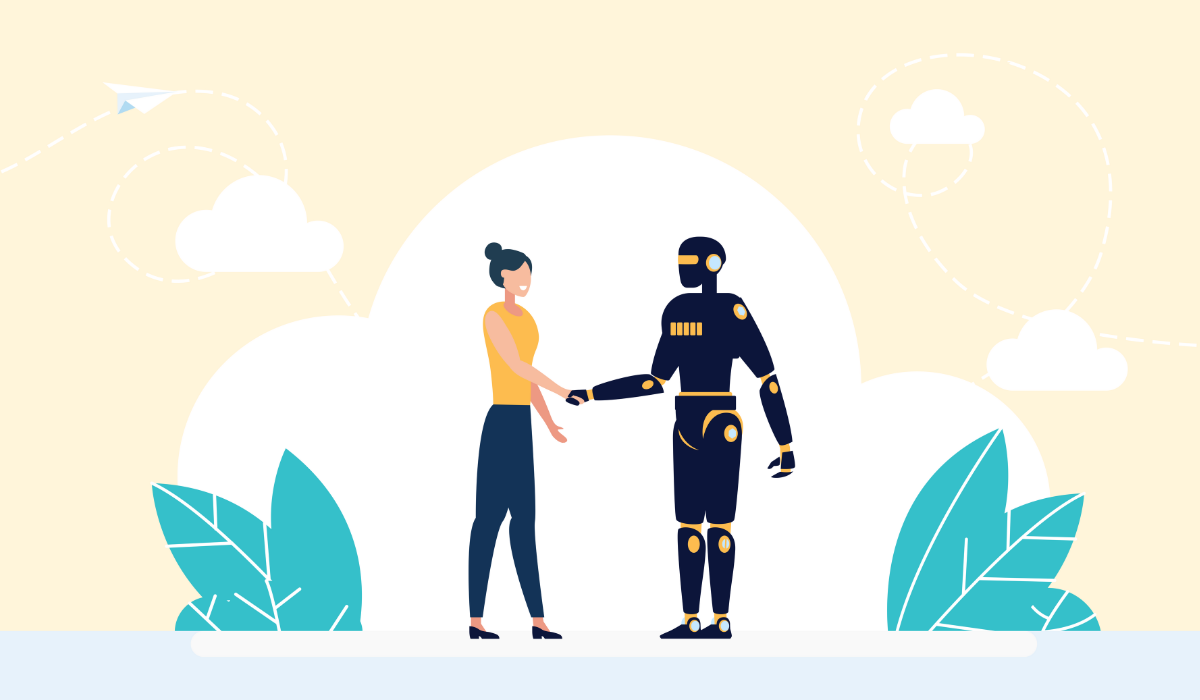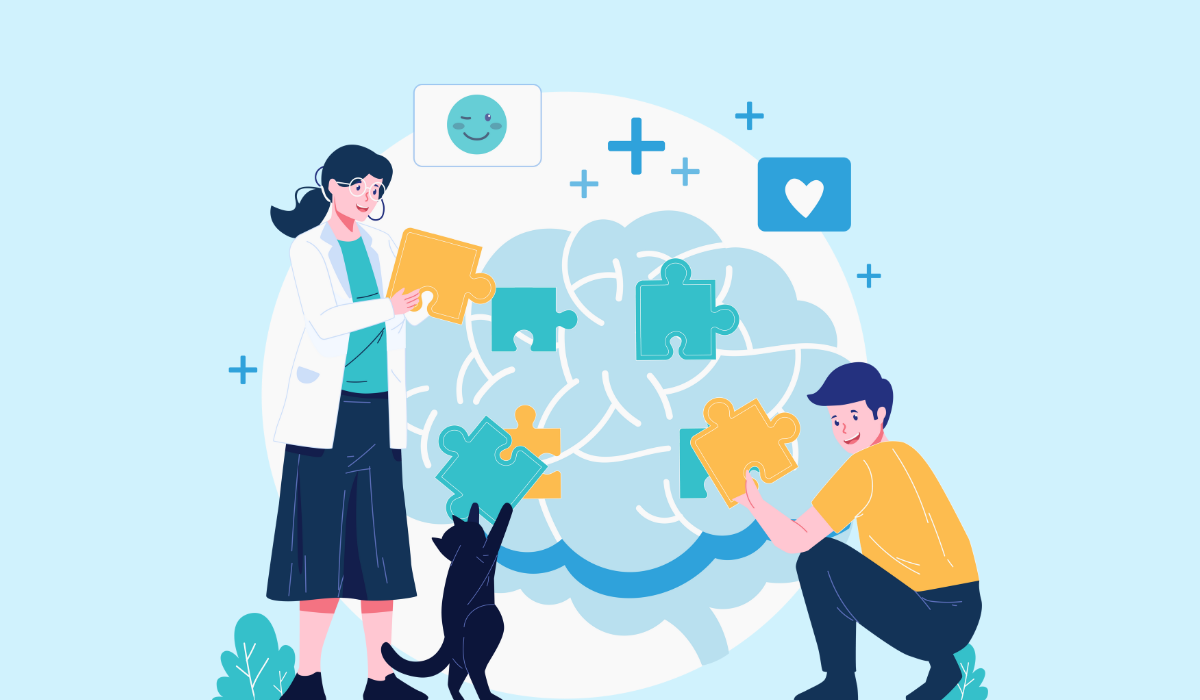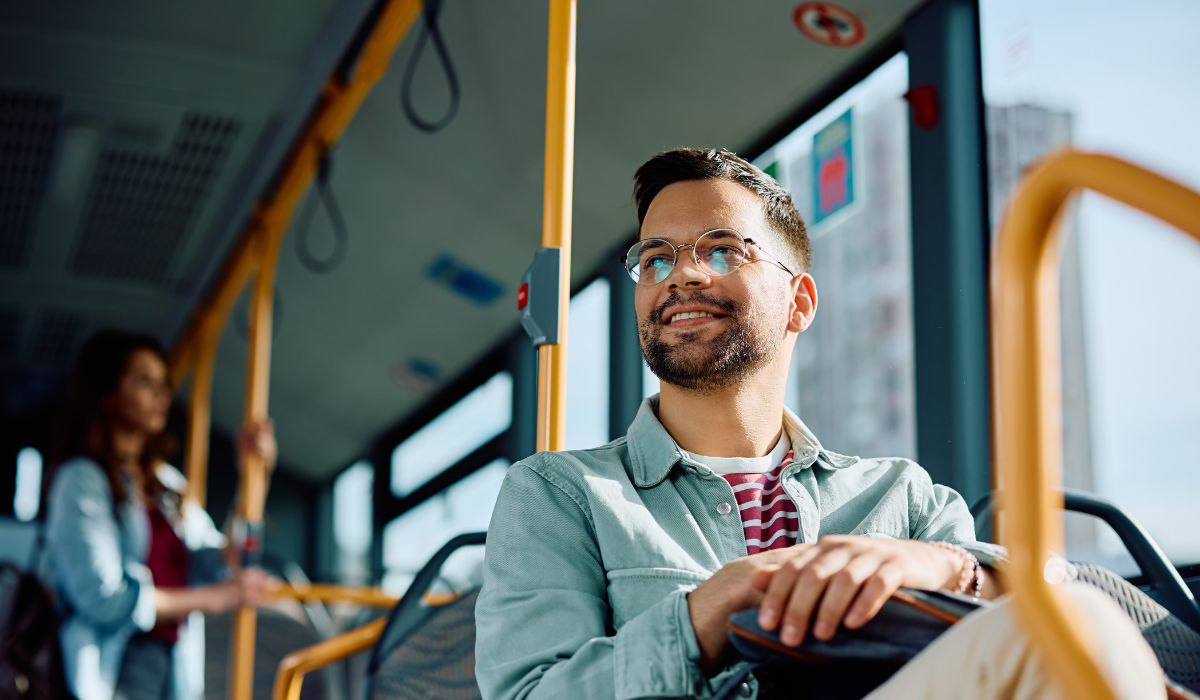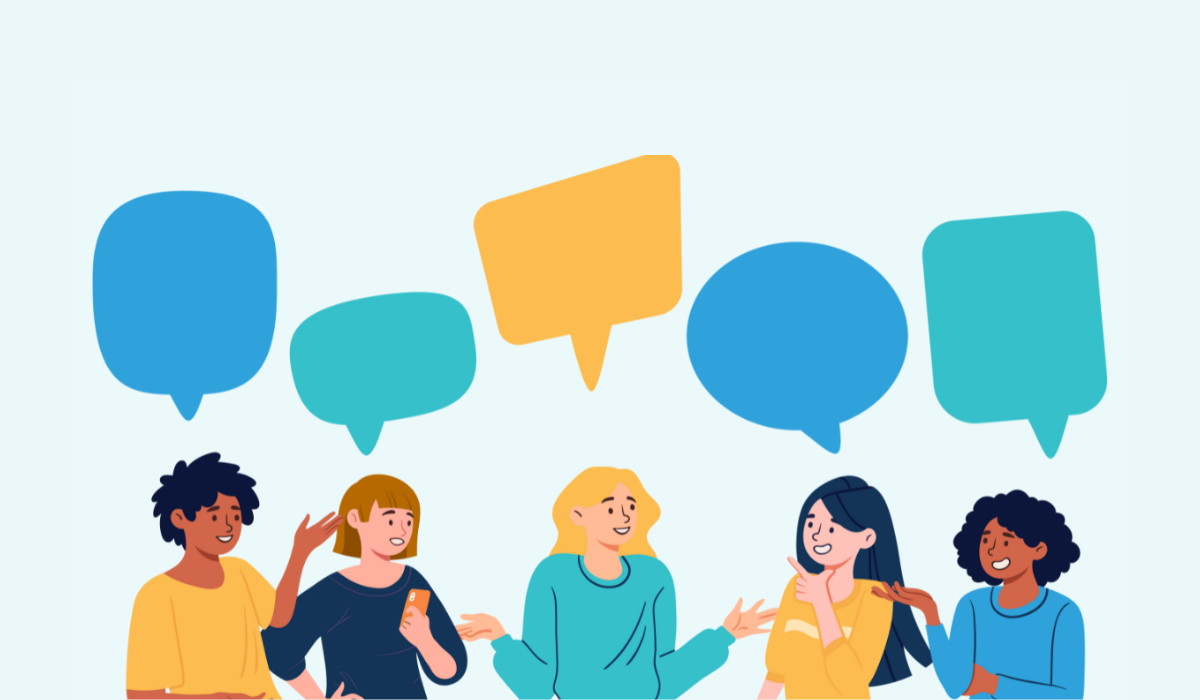At Social Pinpoint, we always find it a rewarding experience to have a conversation with a community engagement specialist.
Recently, the two Jess’s spoke with Darius Turner during the 2017 Community Engagement Summit to discuss all things engagement.
Anyone who has had the chance to meet Darius knows of his enthusiastic and down-to-earth approach to community engagement and strategic planning.
His journey began when he studied Media and Communications at the University of New South Wales. Then shortly after he finished his Master in Commerce at the University of Sydney. During this time, Darius got an opportunity to work with Willoughby City Council, where he learned valuable skills in community engagement, strategic planning and business development.
Over the last few years, Darius has managed over 100 community engagement processes where he has used both online and offline tools and techniques. He’s even grown and maintained an active online engagement panel consisting of over 3000 members. To add to his amazing list of achievements, Darius is also the founder of Community Engagement Australia. “Our goal is to provide professional development opportunities which give people a chance to really progress their career in this sector and share some of our knowledge and experience,” says Darius.
Darius talks about the challenges of community engagement
With knowledge comes the power to make a positive change, but this doesn’t mean smooth sailing.
Darius has had his fair share of obstacles. “In this space, it is important to make decisions based on the greater good of the community but also be wary of the different stakeholder views’. On top of this, you need to think of the industry you’re in. For example, in the government sector, you need to consider the political elements at play. Managing these different groups can be quite difficult at times.”
“There can also be some real challenges where you have a topic which is very divisive and you might have two polar opposite opinions of what should happen,” says Darius.
“But I think it is really important leaders and decision makers have courage and are willing to listen to the feedback. At the end of the day, you have to make a decision which you think is in the best interests of the community based on the feedback – and that can be really challenging.”
When researching for his masters degree thesis, Darius learned about the importance of engaging with your internal stakeholders.
“What I learned is you really have to give as much attention to the internal engagement as to the external engagement if you want that organisation to be sustainable in the long term.”
“Sometimes, you can have people with strong voices, and they think they are doing the right thing, but you need that more considered approach otherwise the staff are behind the 8 ball to start with if you’ve already given them the wrong message at the start.”
Overcoming challenges often lead to rewarding outcomes.
We asked Darius about specific instances where he found community engagement particularly challenging. “Probably the local government amalgamations,” explains Darius. “I was the project lead on the Willoughby / Mosman / North Sydney merger proposal and that went for about two years. There were some really strong opinions and our approach included being as open and transparent as we could be and giving a fair indication of what the whole population, all of the rate payers thought and giving all of the perspectives.
That is something I am really passionate about – making sure ALL stakeholders get a view and not just the usual people who are always at the public meetings.
Making sure busy people, young people, parents with young kids, older people, who can’t access these things get the chance to have their view.”
Darius also told us about the time he went through a whole organizational change.
“The internal culture of the organizational change was a really important thing to keep in mind and manage. It is challenging in times of change to keep the culture up internally.”
Change can be a tough obstacle to overcome, especially when everyone’s used to the culture and current business operations. But change is also a vital part of business survival.
What tools does Darius use to effectively engage with the community?
Online engagement tools
“I am a really big fan of online tools like Social Pinpoint and Bang the Table. I’m a bit of fan because it allows more people to have access to consultations and it provides new ways of reaching people and getting feedback.”
Online tools are important because they ensure a variety of groups have the opportunity to have their say. When only using traditional methods, you will often only hear the loud minority. Whereas when you engage online, you have the potential to reach a much wider audience within your area. Online also reduces the issues of time commitment and hesitating over public speaking.
Traditional engagement tools
Darius gave us an important piece of advice:
“But above of I will tell you this – you need to mix online with traditional forms of engagement and you need to pull it all together as a whole piece to get a more rounded view.”
Darius went on to tell us he’s not a fan of the public meeting setting. They usually require different methods and techniques to get everyone in the room involved. At the Sydney Engagement Summit earlier this year, we joined one of Darius’s workshops on engaging with the public in a physical setting. Instead of sitting down and listening to Darius talk, he had us all go outside where he asked us a series of questions. For example, “How long have you been working in community engagement?” To answer the question we spoke to the other participants to find out how long they have been a community engagement practitioner. Then, we lined up from most recent to have joined the sector to the longest serving person.
What does this say about traditional engagement methods? It means engagement is all about active listening and participating – not just being talked at.
“Sometimes we set up engagement methods which don’t necessarily lend themselves to this. So that’s a big part of what we’re all about. We’re always trying to find ways to make sure everyone gets their voice heard.”
Even then, it can be quite difficult getting people to engage in a public space. Darius told us about a recent experience he had on a project where a local council had a new strategic plan. The council had recently merged and some of the people weren’t happy. Instead of wanting to talk about the future of the area, the people wanted to voice their disappointment in the decision and so, in the first few minutes people stormed out of the meeting saying, “This is not what I wanted to come here for.” The people felt like they hadn’t been heard about the first decision and so they weren’t ready to move the conversation on. As a facilitator, Darius found this really challenging. “I guess it’s indicative of the level of trust and the feeling those people had. So you have to really work hard to build that trust again, otherwise it’s a long way back,” warned Darius.
What does Darius predict are the future trends of citizen participation?
“What really excites me are some of the pop-up events. Mixing some of the online engagement with engaging face-to-face in public spaces, because I think some of the best engagement happens where people are already. Often we say people are hard to reach, but it is actually a matter of going out and going to where they are and people aren’t that hard to reach. So I think if you can do some cool stuff with the pop-ups which draw people in naturally and then find ways of getting feedback where people are actually drawn into it like a cool app on an iPad or whether it’s chalk on the footpath, or just something interactive.”
When at the engagement conference, we saw plenty of engaging ways to get people up from their seats and interacting. A memorable example was the augmented reality workshop led by Callum Parker, a Community Engagement Researcher from the University of Sydney. The purpose was to educate people on the dangers of having trees too close to power lines. One person would hold a cardboard cut out of a tree and the second person would hold an iPad. When you came too close to the tree, it would light on fire on the iPad screen. Then when the person with the tree moved away beyond the smallest safe distance, the tree would lose the fire blaze.
Darius is confident the future trend for engagement will involve linking both online and offline methods. The mixture of traditional tools and new technology is a great way to draw people in and get them to engage. We asked Darius for his advice on how best to take technology to the community. “Markets or sporting events or even where people walk naturally, say walking from the bus to their office or something or where people have their lunch at work or go to a local playground – if you can set-up engagement areas, and have them work you can get some good quality feedback – I think that’s exciting!”
Want to learn more about Darius?
It was a great pleasure learning from Darius’s experiences. Both of us Jess’s learned valuable knowledge from talking to Darius and attending the two-day, Sydney Community Engagement Series 2017. We’re keen to continually learn more from Darius in the coming years.
I’ve added a series of links to keep you up-to-date with Darius’s latest work.
Co-Chair of The Community Engagement Summit Series
Managing Director of Community Engagement Consulting Australia
Starred in our Social Pinpoint Video
Darius will be a part of our next Community Engagement video. Make sure to subscribe to our newsletter so you can be the first to see it.
Social Pinpoint! from Jessica Goerke on Vimeo.
